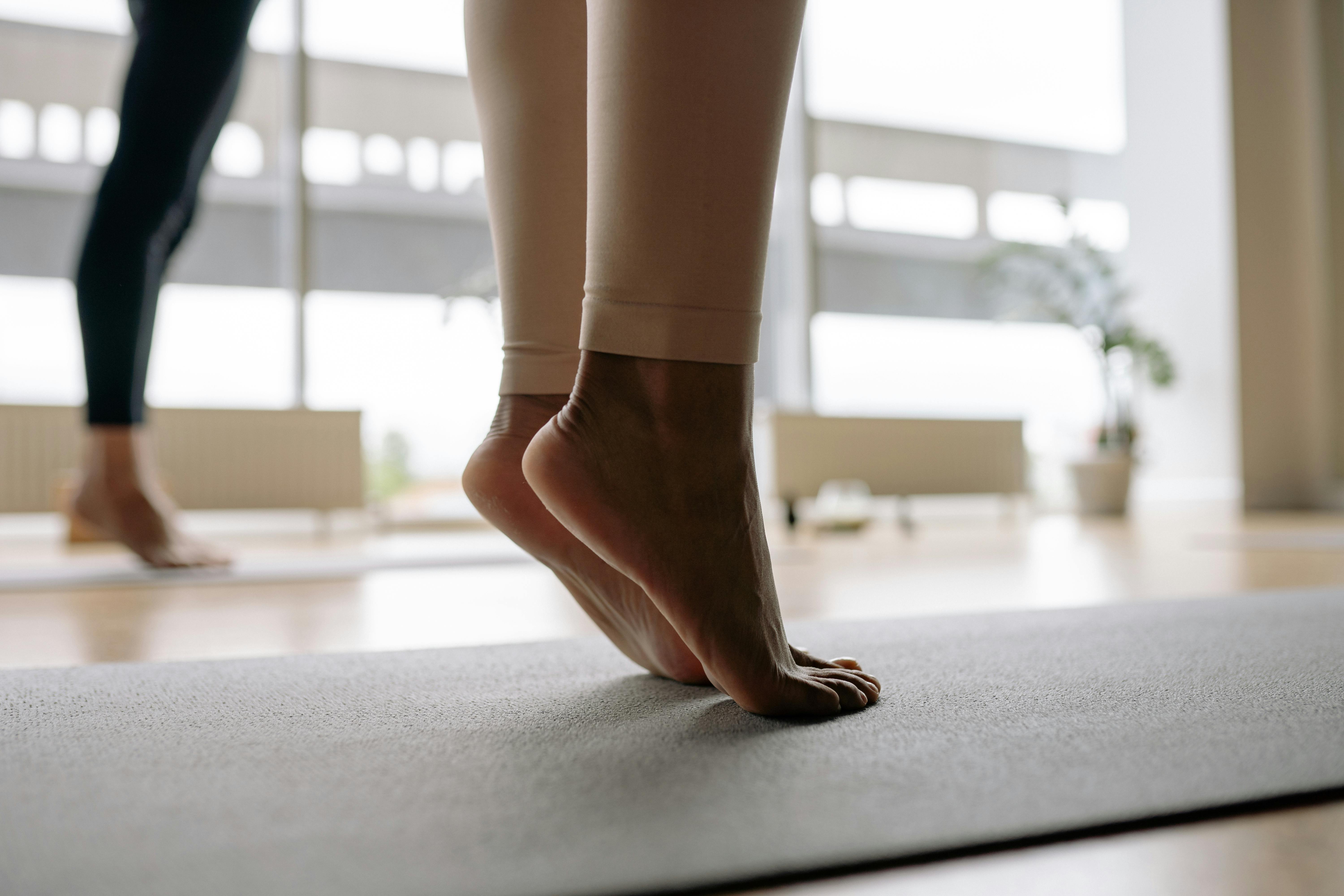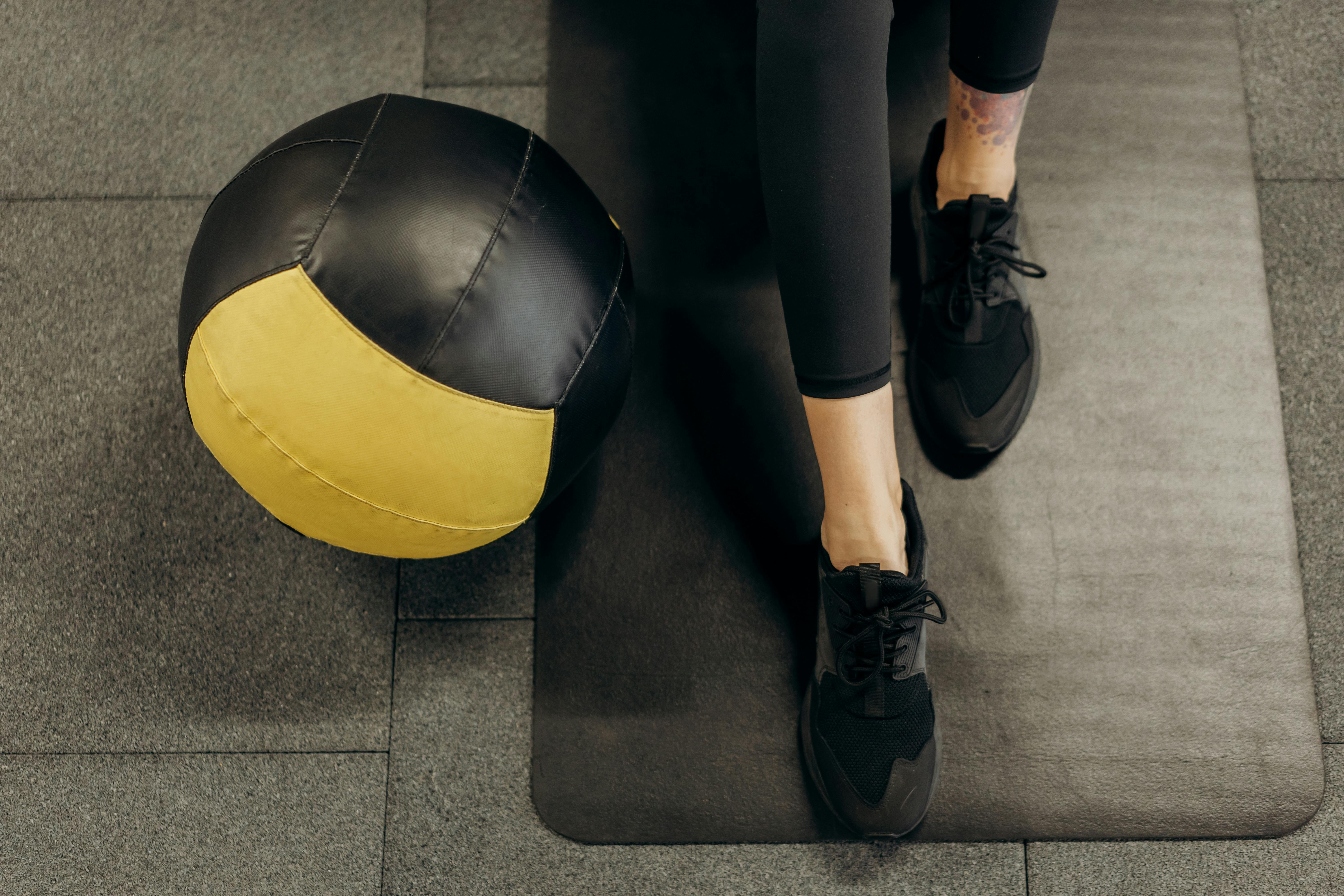Strength After 60: Simple Routines to Prevent Muscle Loss
13. Calf Raises (Eccentric Focus) — Boosting Walking Power and Circulation

Calf strength is vital for the push-off phase of walking, helping you maintain momentum and stability. Stand near a counter or wall for support. Slowly rise up onto the balls of your feet, pause at the top, and then, here's the crucial part: take twice as long to slowly lower your heels back down. This focus on the "lowering" (eccentric) phase is where muscle strength and control are built most effectively. Repeat 10 to 15 times. Strong calves not only improve your walking speed and endurance but also act as a secondary "pump" to aid blood return to the heart, assisting overall circulation and reducing leg swelling.
14. Clamshells (Glute Medius Activator) — Lateral Hip Stability

The gluteus medius (side buttock muscle) is the unsung hero of balance, preventing the hip from dropping when you walk—a movement called the Trendelenburg sign. Strengthening this area is non-negotiable for stable walking. Lie on your side with knees bent and stacked, head supported, and a small band looped around your thighs (or just use body weight). Keeping your feet touching, lift your top knee toward the ceiling, creating a clamshell shape. Move slowly and focus on the side of the hip. This simple, gentle move is incredibly effective at isolating and strengthening the stabilizer muscles critical for pain-free hips and rock-solid single-leg balance.
